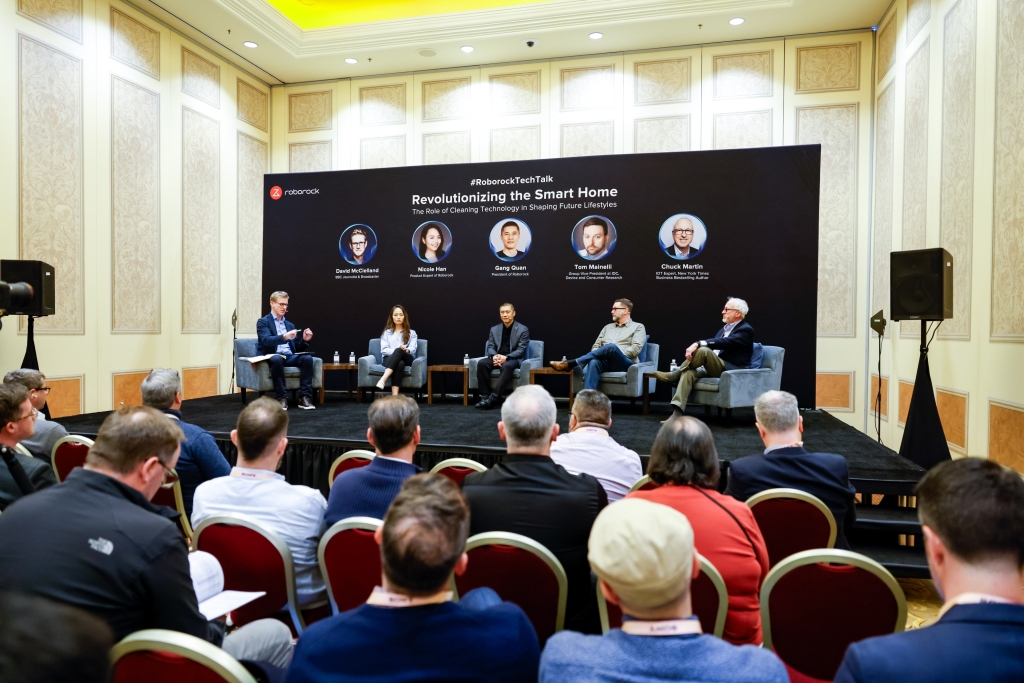When carefully planned exhibition plans encounter budget overruns, and when dazzling booth effects fail to meet expectations but receive sky high bills – this is not an exception. According to the 2024 China Exhibition Economy Research Report, over 65% of first-time exhibitors have been put in a passive position due to opaque fees. This article will break down the real cost structure of large-scale exhibition design and construction layer by layer, integrate international exhibition practical wisdom, help you avoid hidden traps, and create a cost-effective “eye-catching” booth!

1、 Details of design and construction costs for large-scale exhibitions: Where did the money go?
The success of large-scale exhibitions begins with precise cost control. A transparent expense breakdown is the cornerstone of your budget planning. Core costs typically cover the following aspects:
1.1. Creative Design and Planning:
Conceptual design fee: A professional team develops creative ideas for spatial planning, visual effects, and interactive experiences based on brand tone and exhibition objectives. The cost is usually charged based on project complexity or square meters.
Construction drawings and plans: Transform creativity into practical technical drawings (floor plans, elevations, circuit diagrams, renderings, etc.) to ensure safe and compliant construction. This is a mandatory expenditure.
Core Value: Authoritative experts point out that “excellent design is the primary productive force for attracting high-quality visitors.” This investment directly affects the ROI of the exhibition.
1.2. Main structure construction and production:
Main structural material cost: including skeleton costs such as trusses, profiles, wooden structures, customized irregular structures, etc. The material grade (such as environmentally friendly recycled materials vs. high-quality wood) and degree of customization are the main variables.
Production and processing fees: The cost incurred by the factory for cutting, welding, polishing, painting, and other processes based on the drawings.
Practical tip: Modular and reusable structural systems can effectively dilute long-term exhibition costs.
1.3. Booth Decoration and Art Design:
Exhibition wall and decoration: fireproof board, paint, film, lightbox cloth, LED screen, customized printing image, etc. High definition printing and special materials (such as acrylic) have higher costs.
Ground treatment: carpet, floor glue, platform, laying of special materials, etc.
Art production and installation: labor costs for signage, graphic layout, and image installation.
Pain point hit: Improper selection of screen materials may result in a cheap and cheap on-site effect, lowering the brand image.
1.4. Lighting, Sound, and Multimedia:
Basic lighting: tube lights, light strips, etc. that ensure the brightness of the booth.
Key lighting/ambient lighting: spotlights, wall washers, etc. are used to highlight exhibits and create an atmosphere.
AV equipment: TV, projector, sound system, interactive screen, AR/VR equipment rental and content production fees.
Practical data: Professional lighting design can increase booth attention by over 40%, making it a worthwhile investment.
1.5. Logistics transportation and warehousing:
Domestic/International Transportation: The land, sea, or air transportation costs of exhibition materials from the factory to the exhibition hall are greatly affected by volume, weight, distance, and timeliness.
Lifting and handling during entry/exit of the exhibition hall: The cost of using forklifts, cranes, and other equipment within the exhibition hall.
Storage fee: The storage cost of materials before and after the exhibition.
Pain point hit: In international transportation, delays and fines caused by incomplete customs clearance documents or non compliant packaging are the “hidden killers” of novice exhibitors.
1.6. On site construction and management:
Labor cost: The labor cost for construction and demolition workers such as electricians, carpenters, graphic designers, and AV technicians, usually calculated on a daily/hourly basis. Special attention should be paid to overtime pay.
Exhibition hall management fees: electricity, water, compressed air fees, cleaning deposits, construction certificate fees, etc. collected by the exhibition hall.
Supervision fee: The cost of hiring professional personnel to supervise and coordinate on-site, ensuring construction according to the drawings, meeting quality standards, and controllable progress.
Core value: Experienced project managers can effectively avoid on-site conflicts and rework, saving hidden costs.
1.7. Service and Operations:
Furniture rental: Bar counter, tables and chairs, sofas, storage cabinets, etc.
Green plants and fresh flowers: beautify the environment and enhance the atmosphere.
Reception supplies: beverages, refreshments, printed promotional materials.
Network communication: booth phone number, network access fee.
Practical tip: Plan operational details in advance to enhance audience experience and stay time.
Authoritative summary: The cost range for large special exhibition booths (such as 100 square meters) is usually between 500-2000 yuan per square meter, which varies greatly due to design complexity, material selection, exhibition location (domestic vs. top overseas exhibition halls), and labor costs. A detailed, no hidden terms quotation is your core tool for controlling your budget.
2、 Refining the International Stage: Experience in Controlling Overseas Exhibition Costs and Doubling Efficiency
Conquering the international market doubles the cost and challenges. The following experience comes from senior overseas exhibition consultants:
2.1. Budget first, strict control of the “invisible three giants”:
Logistics and Tariffs: Choose experienced international exhibition logistics partners, accurately calculate and reserve tariffs, value-added tax (VAT/GST), and destination port miscellaneous fees (such as high forklift fees in Europe and America). Advance understanding of destination country admission rules (such as EU CE certification, US UL certification) to avoid the detention of exhibits and the incurring of exorbitant demurrage fees.
Labor and working hours: Developed countries such as Europe and America have extremely high labor costs and strict restrictions on overtime. Accurately plan the construction/demolition process to avoid incurring huge fines for exceeding the deadline. Apply for necessary work permits in advance.
Local service procurement: It may be more convenient to purchase some basic services (such as basic power connection and cleaning) locally, but supplier qualifications and prices need to be compared. Utilize resources from organizations such as the China Council for the Promotion of International Trade to obtain a list of recommended suppliers.
2.2. Localized Collaboration: Leveraging Strength:
Choose a reliable local construction partner: They have natural advantages in exhibition rules, approval processes, labor regulations, and emergency response. Clear division of labor (domestic design&core materials, local responsibility for structural construction and on-site management).
Using official exhibition recommenders: usually more familiar with the process, but the price may be higher and requires multiple comparisons.
2.3. Compliance and Risk: No room for error:
Regulations and Safety: Strictly comply with local fire safety, structural safety, and environmental protection regulations (such as material formaldehyde emission standards). Submit drawings for review in advance and reserve sufficient time for modifications. Purchase sufficient exhibition insurance.
Visa and Travel: Apply for a business visa in advance, book flights and hotels, and pay attention to the premium during peak exhibition periods.
2.4. Cultural details: moistening things silently:
Design adaptation: Colors, graphics, and copywriting should consider local cultural taboos and aesthetic preferences.
Team preparation: Train reception personnel with foreign language proficiency and understanding of the target market. Prepare multilingual materials.
Core value: Localization is not only language translation, but also the key to cultural resonance and trust building.
3、 Summary: Control costs, unleash value, and make every budget sound impactful
Large scale exhibitions, especially international exhibitions, are a systematic project and a significant investment. Successful exhibitors are inevitably meticulous cost managers and outstanding value creators:
Transparency is the foundation of trust: service providers are required to provide clear and itemized quotations, understanding the meaning of each expenditure.
Professionalism is the guarantee of efficiency: it is crucial to choose service partners who possess both creative design capabilities and strong implementation experience, especially in the target area.
Planning is the secret to saving money: start the project early, leave enough time for scheme optimization, logistics arrangement, approval review, and avoid last-minute panic and additional expenses.
Cost effectiveness ≠ lowest price: Focus on return on investment (ROI), invest in core display effects and audience experience, and save on reusability and process optimization.
Authoritative conclusion: As global leaders in the exhibition industry often say, “A booth is the physical declaration of a brand at an exhibition.” A wise budget planning and efficient execution are the core passwords that make this declaration loud, moving, and worth it.
 JOINEXPO Exhibition Construction Company
JOINEXPO Exhibition Construction Company

